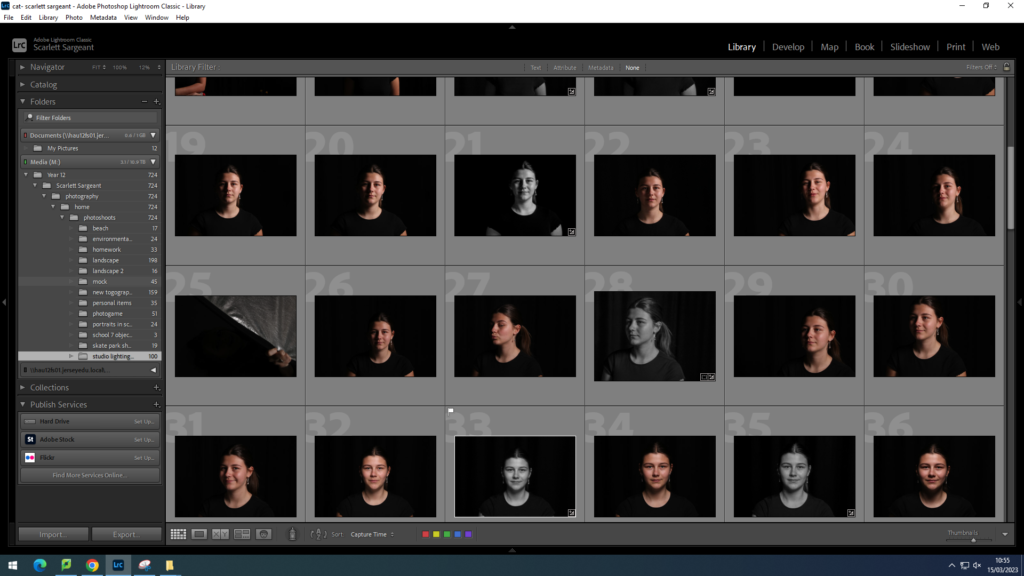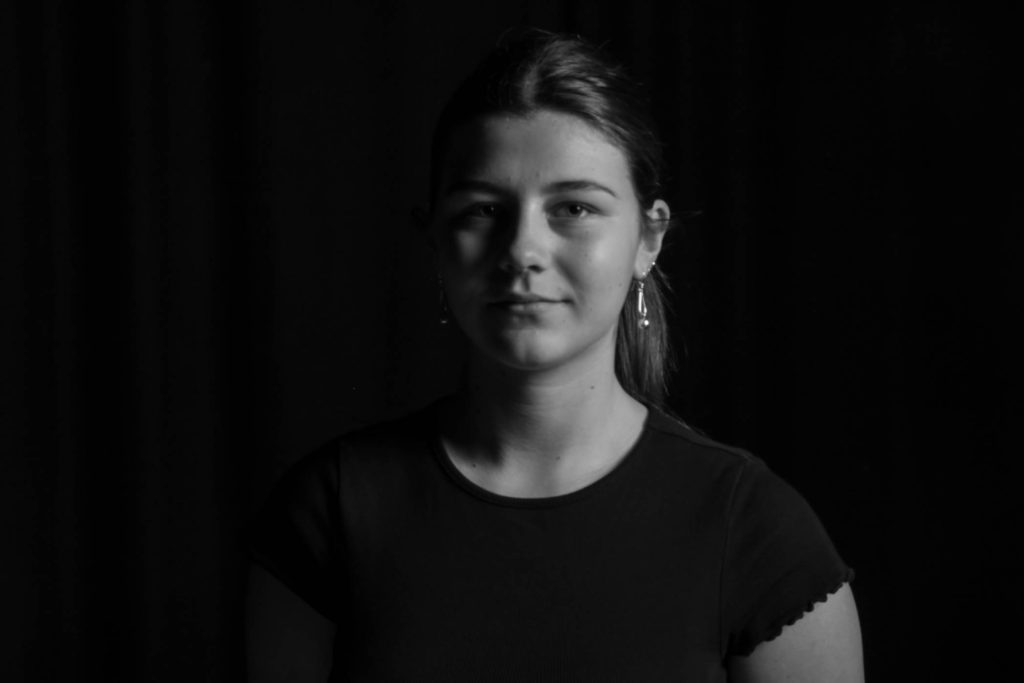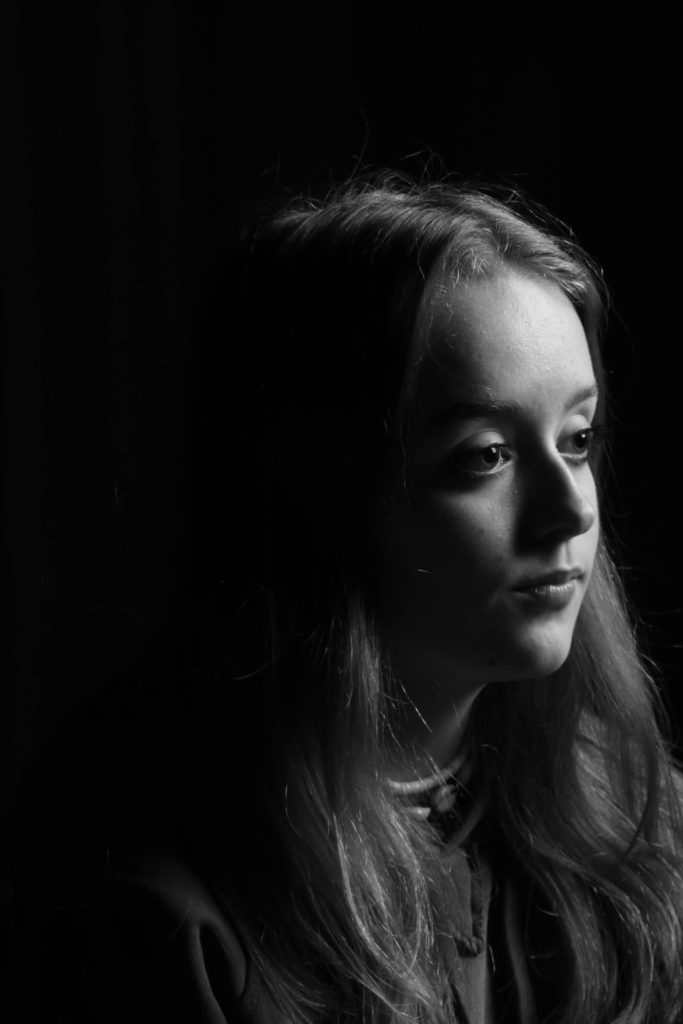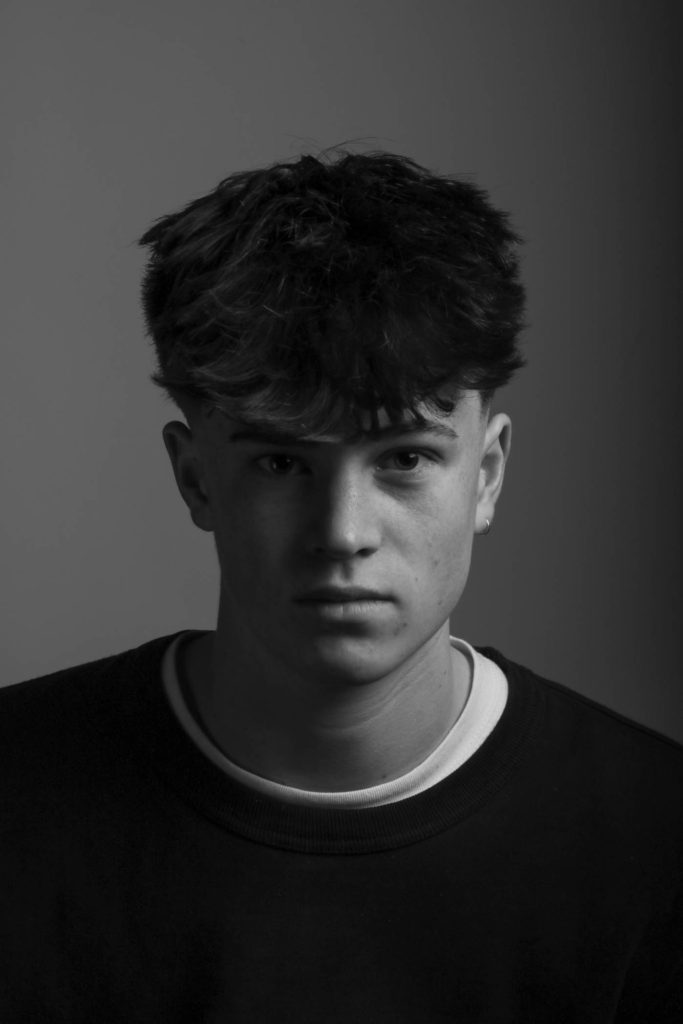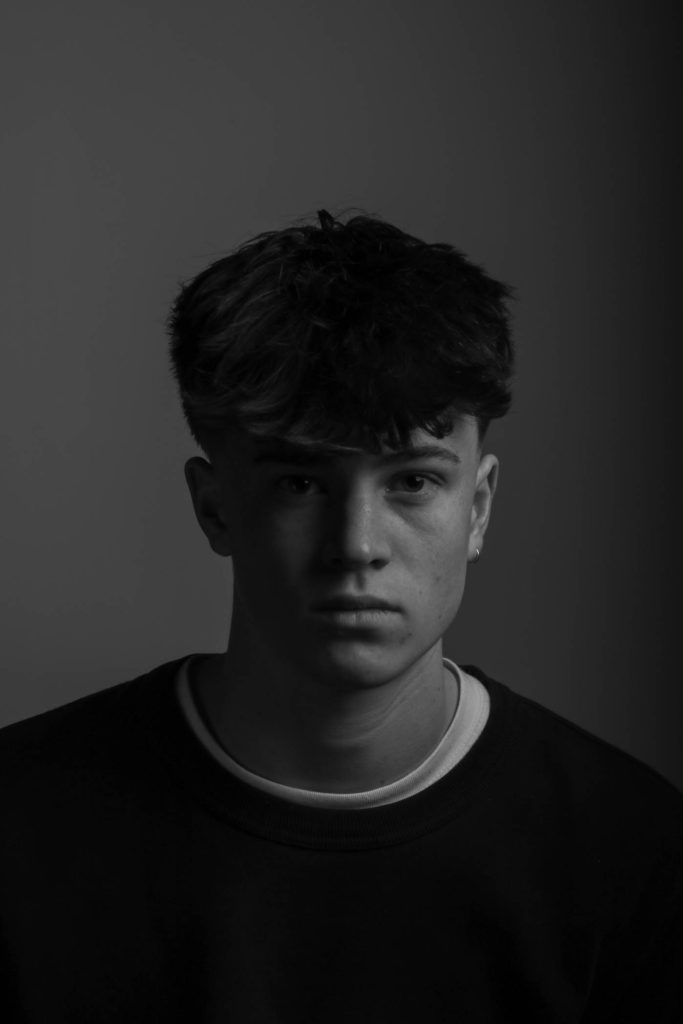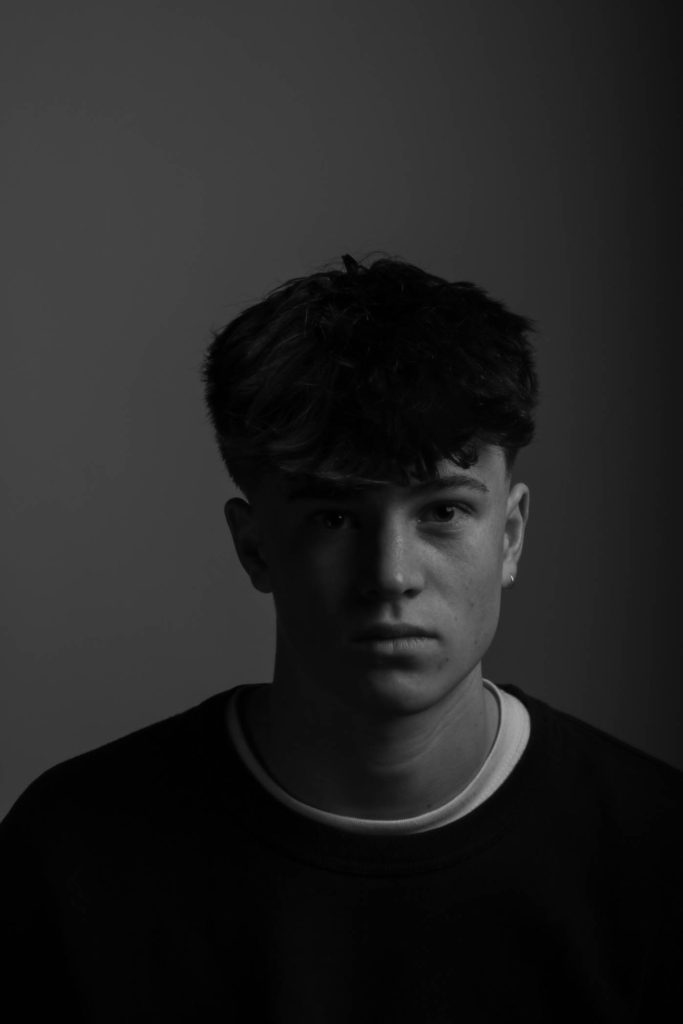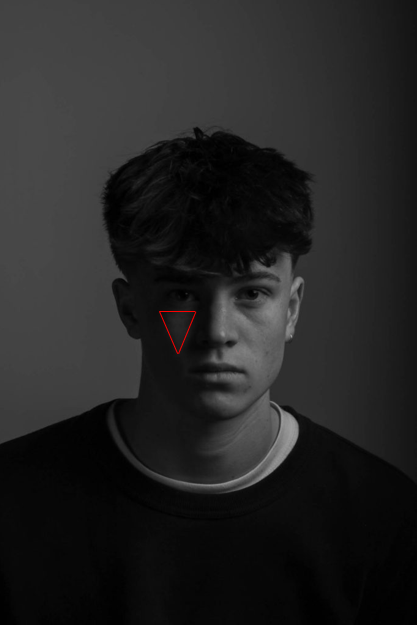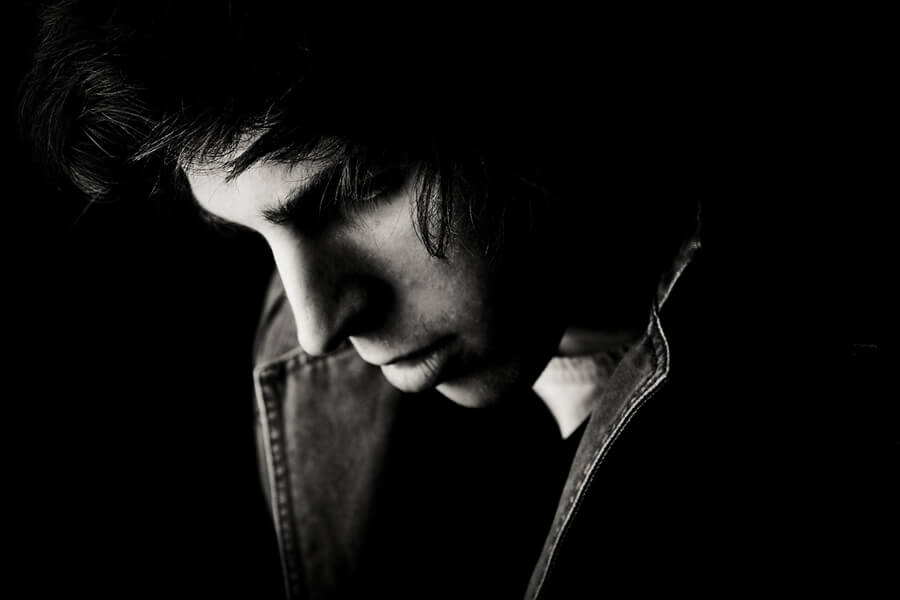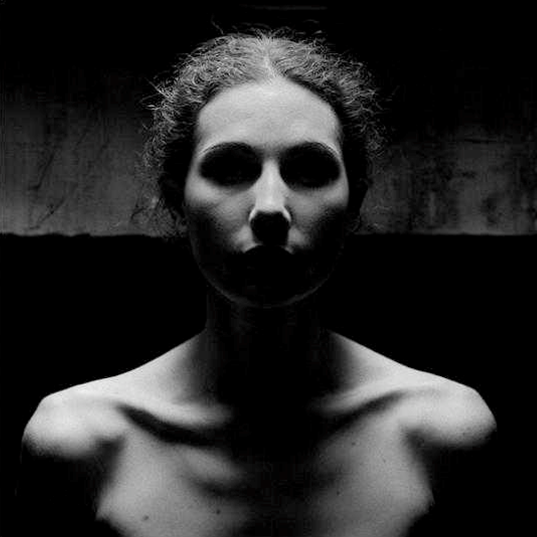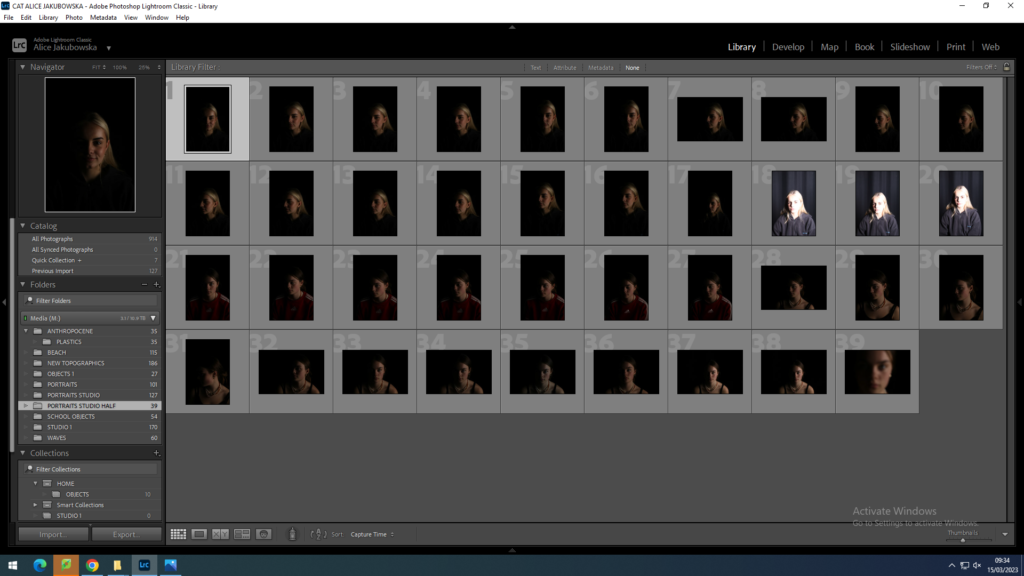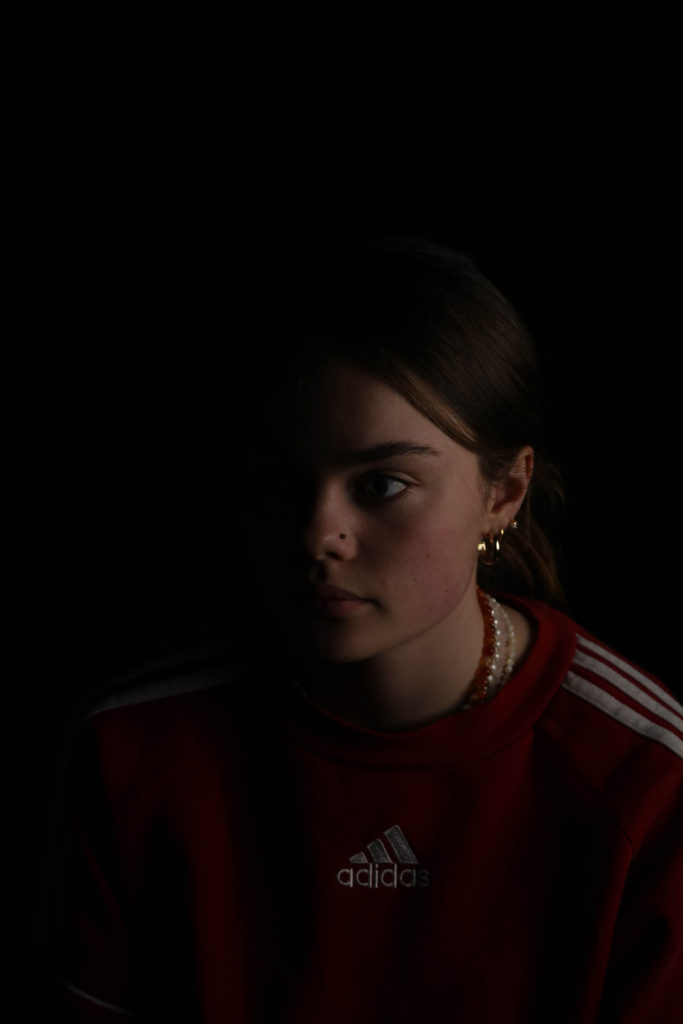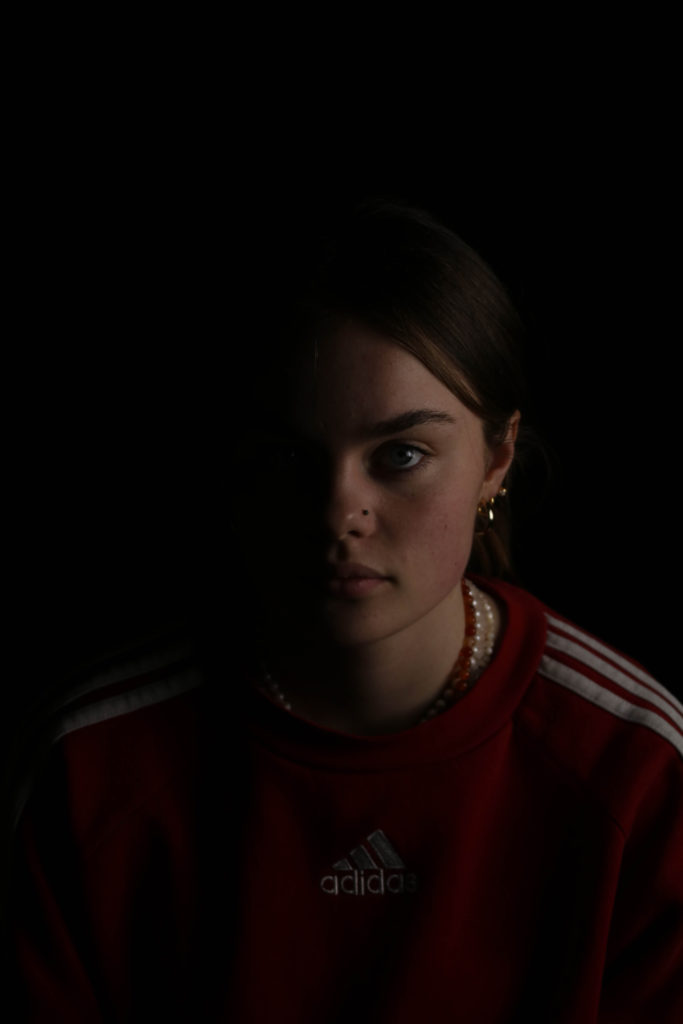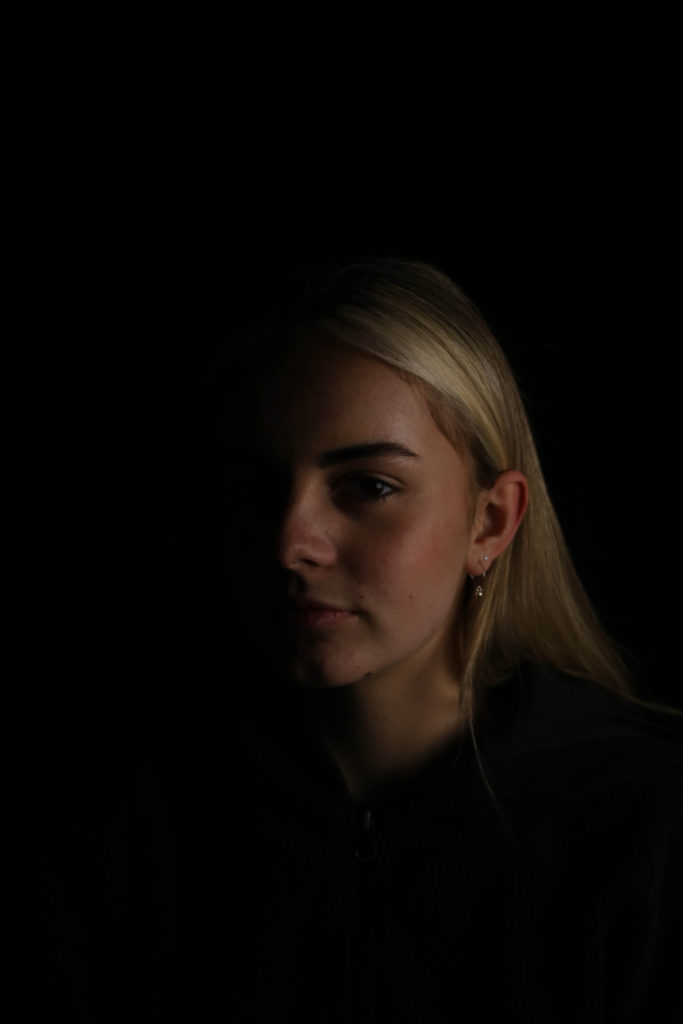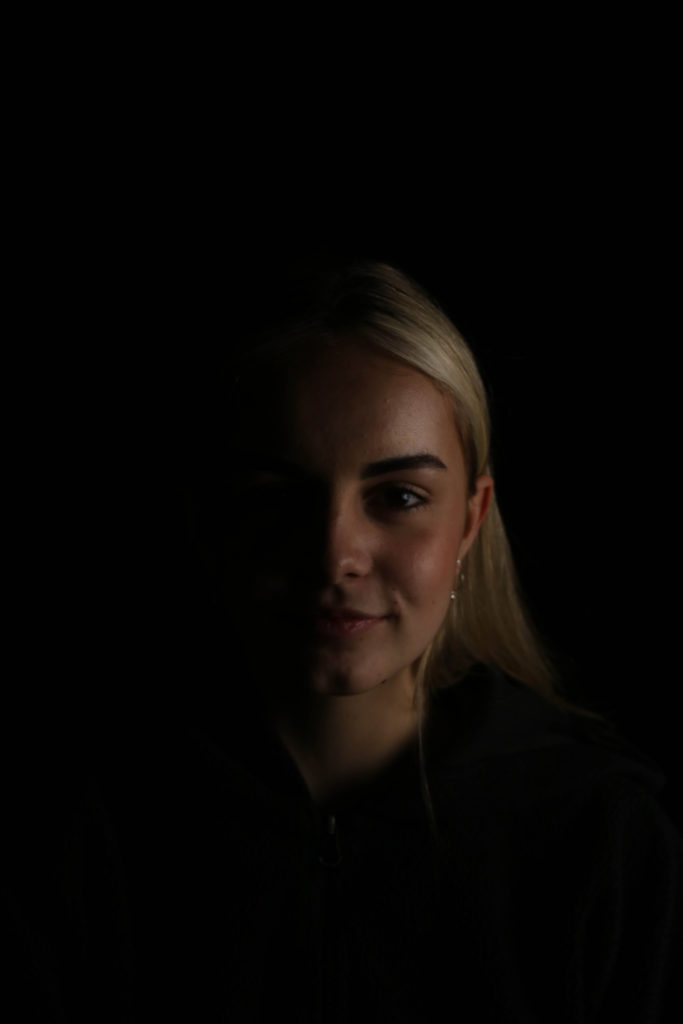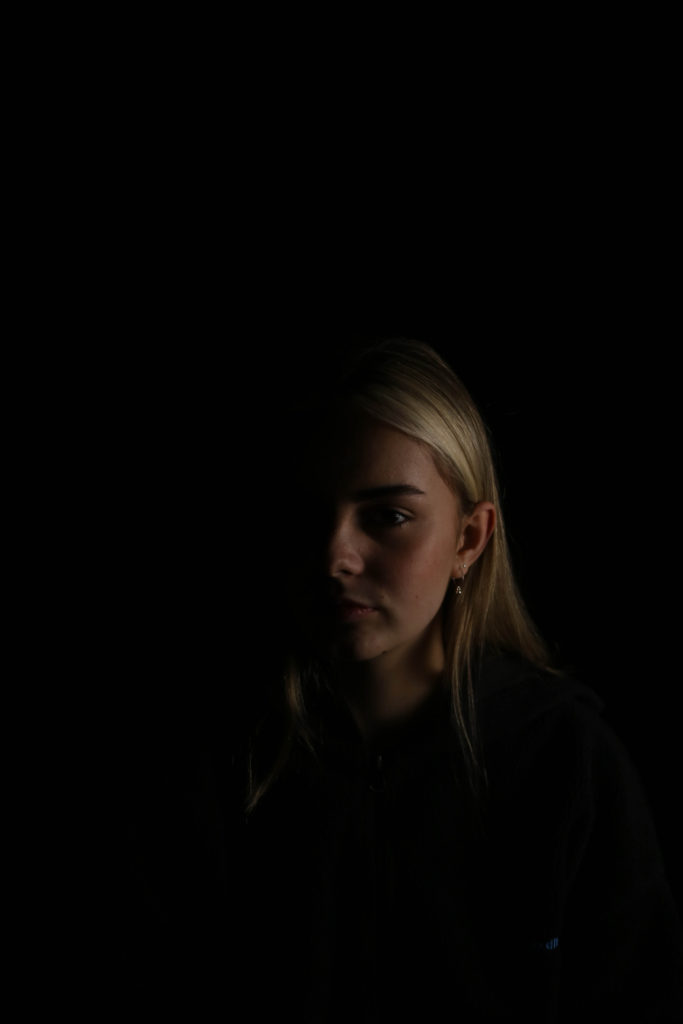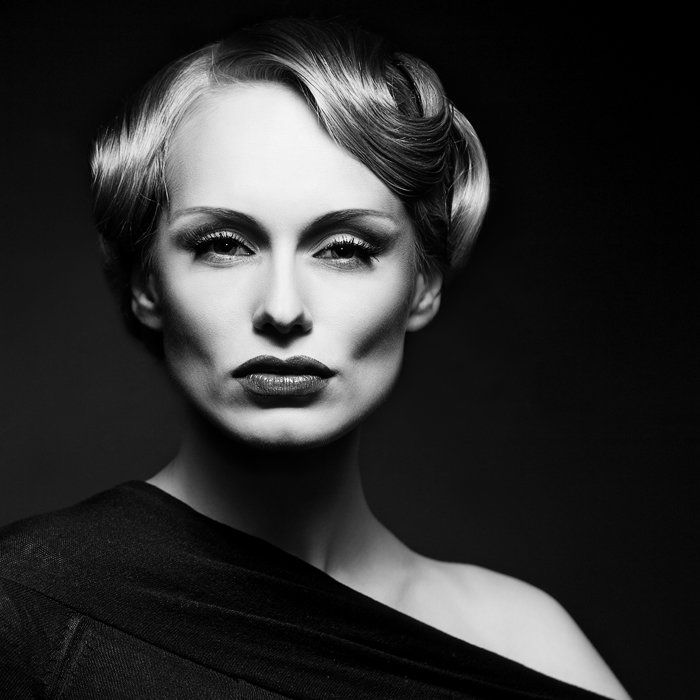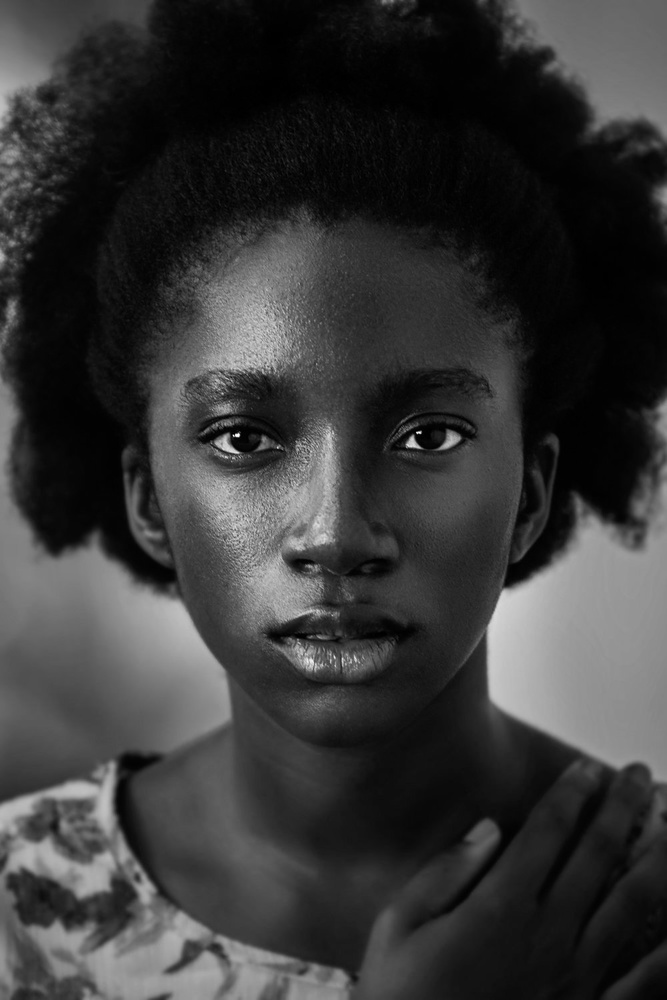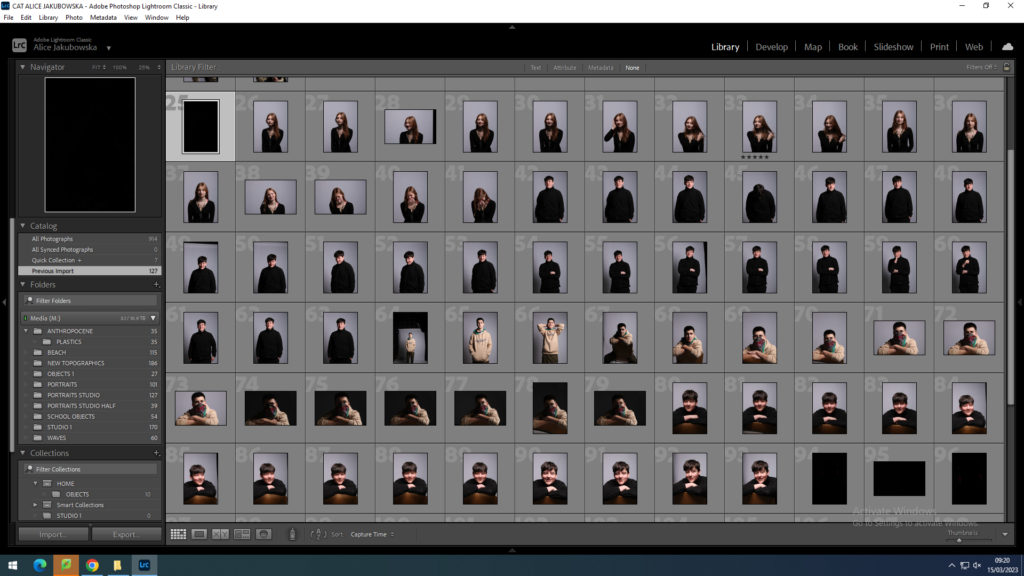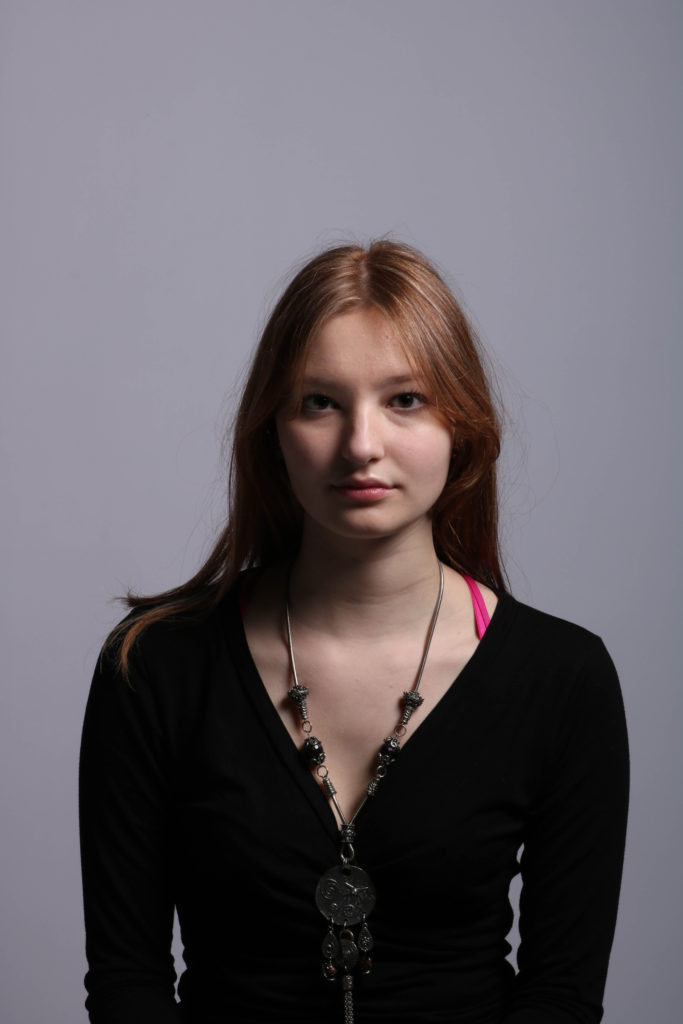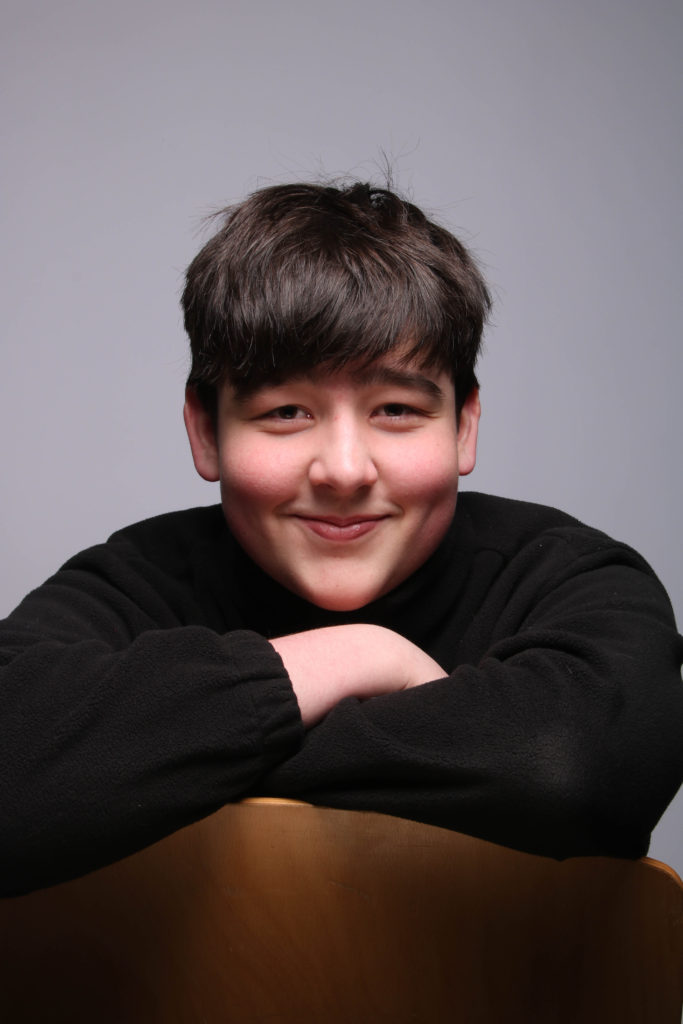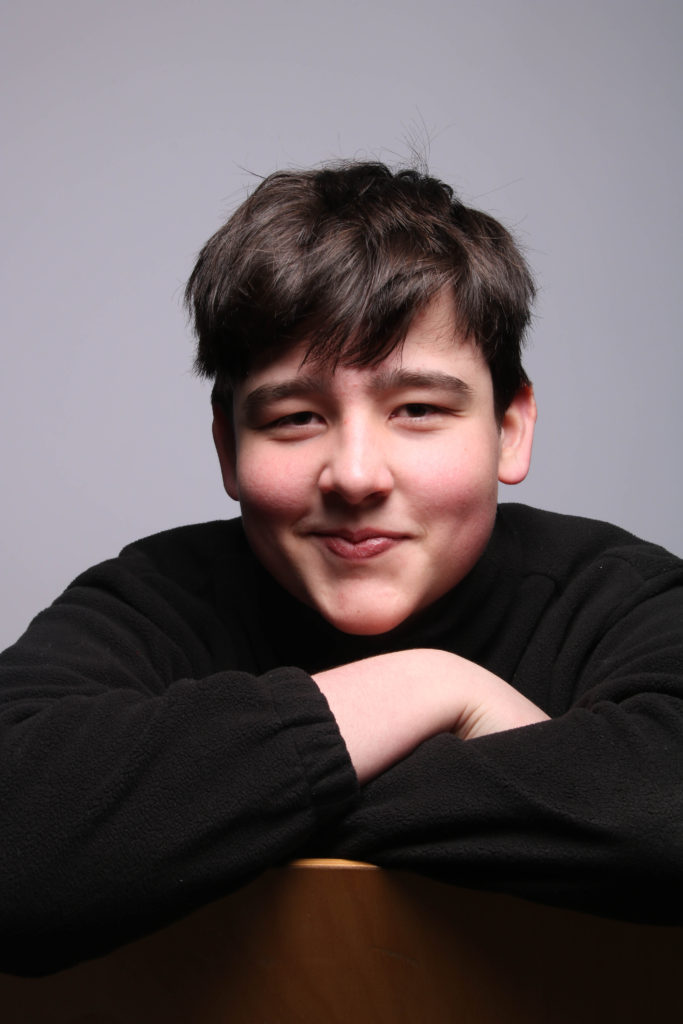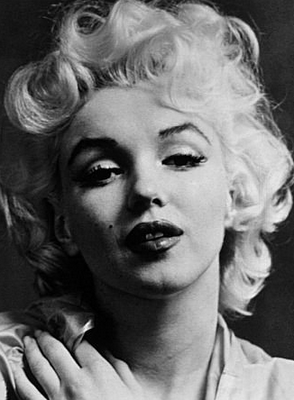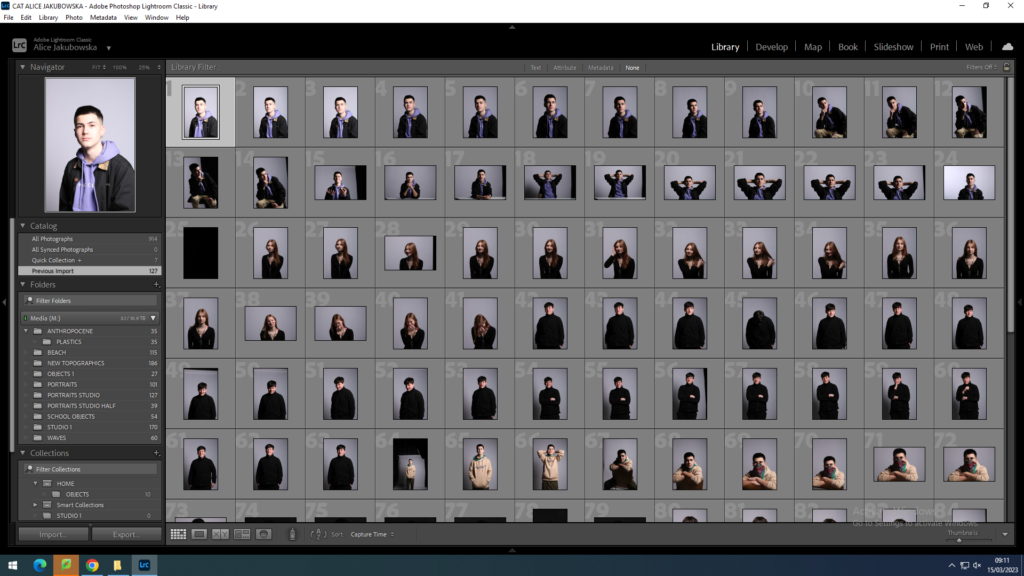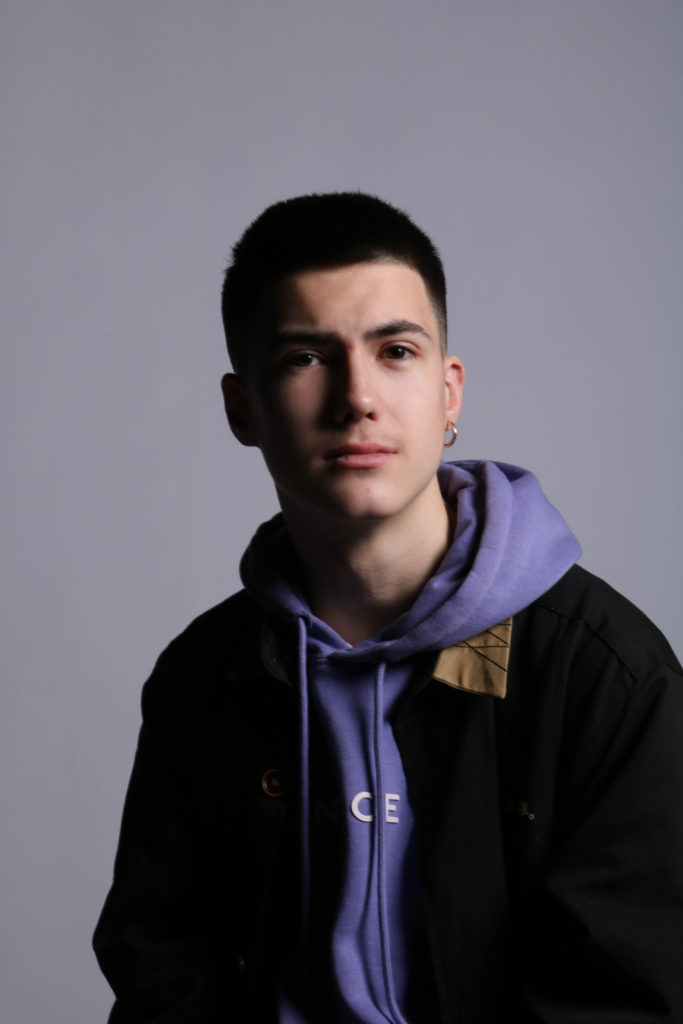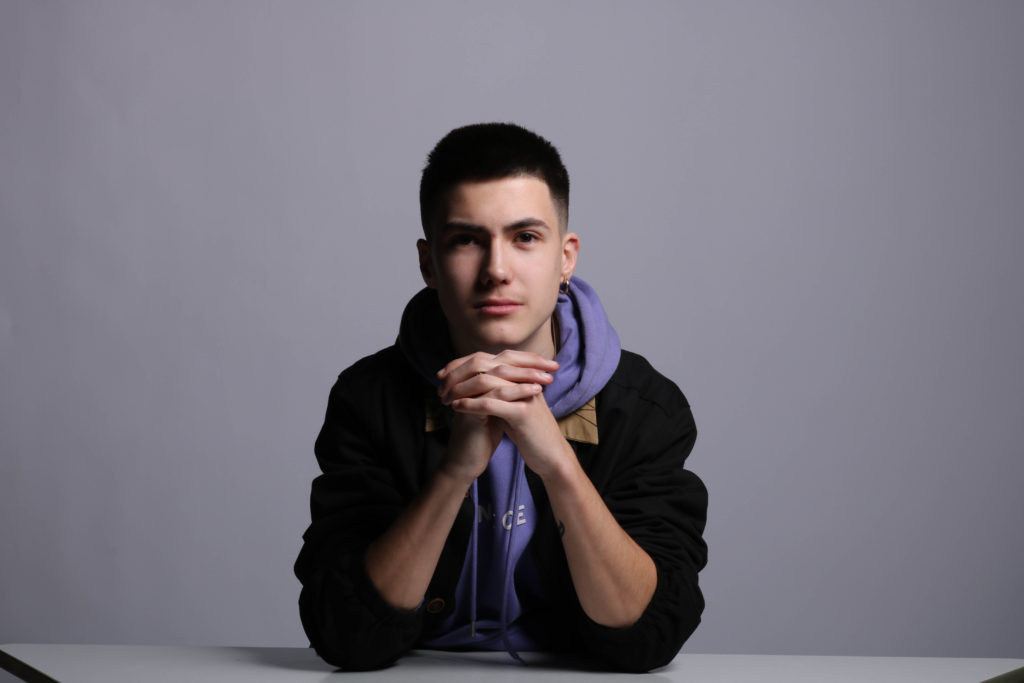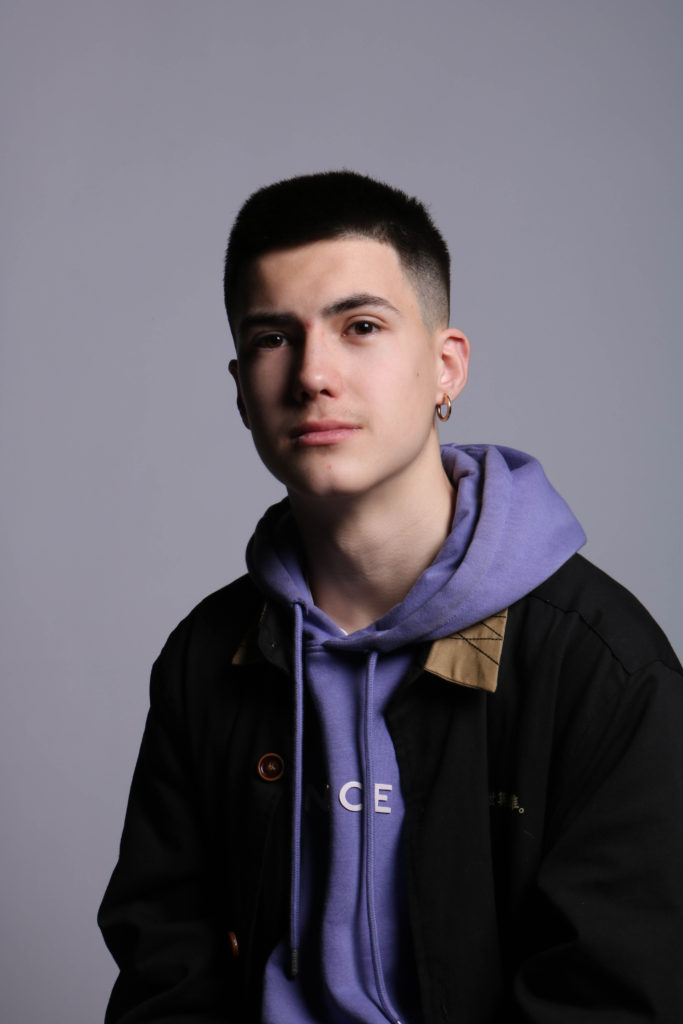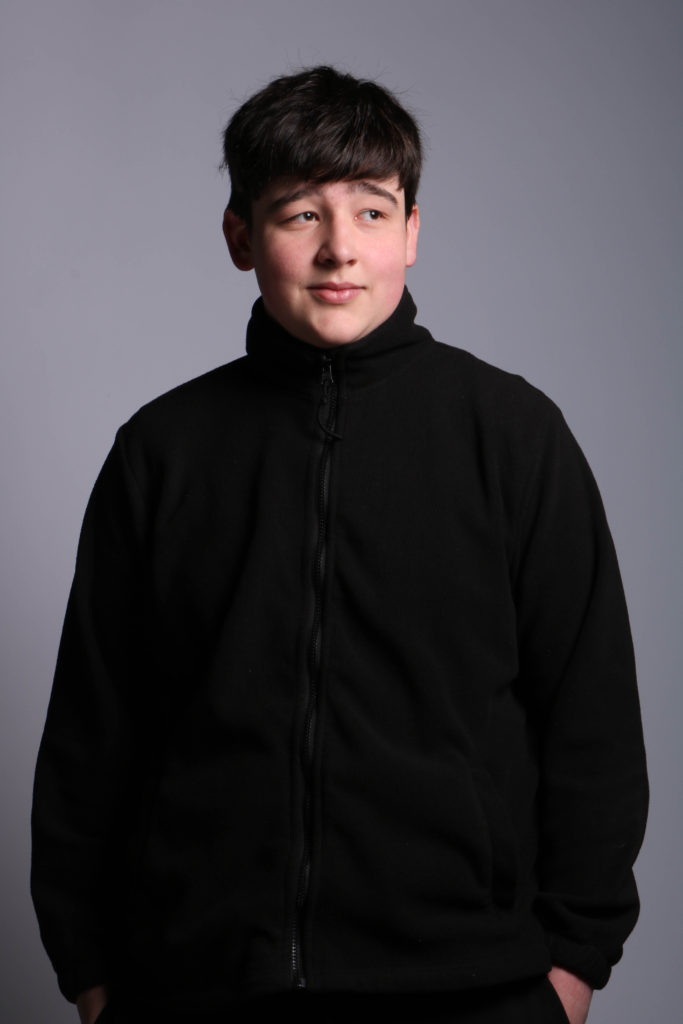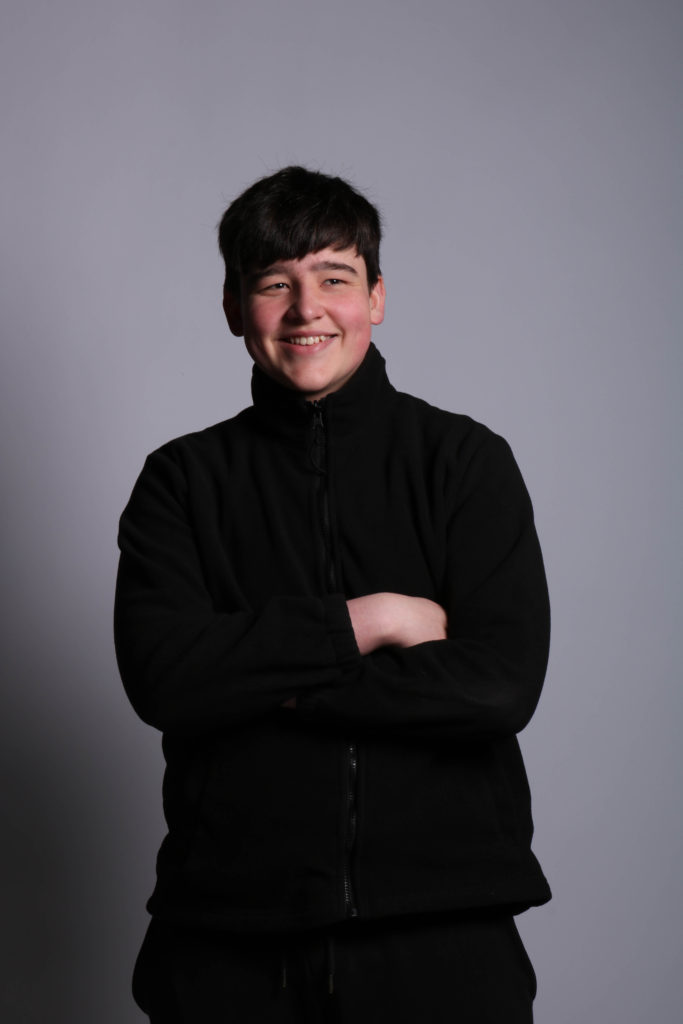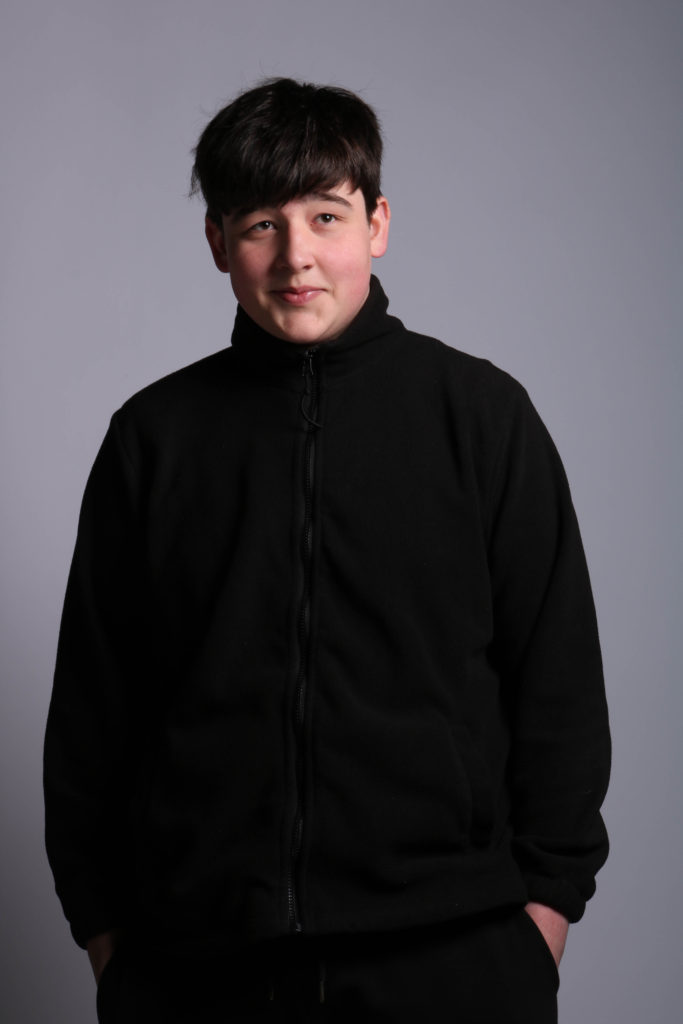Rembrandt Lighting:
Rembrandt Lighting is a technique used in portrait photography, started by Rembrandt Harmenszoon van Rijn, a Dutch painter. The key factor of Rembrandt lighting is to brighten up a face so an upside down triangle is seen under the subjects eyes:
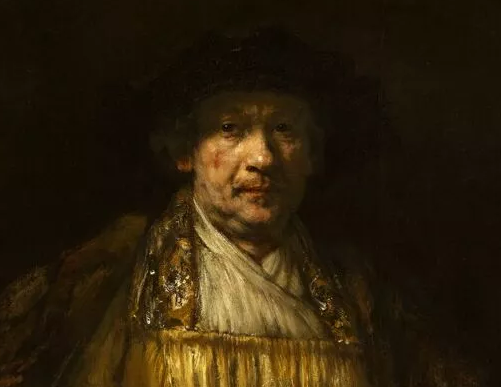
In the early 20th century, spotlights were introduced to Photography to create more realistic effects of lights and shadows. Rembrandt Lighting was one of the effects created by this and it became very popular in making promotional photographs of film stars:


You can create photos like these by:
Having the subject positioned in front of the backdrop. Make sure the light is placed at a 40 – 45 degree angle, higher than the subject. The camera should be using a 35mm or 50mm lens, the 35mm will give a wider point of view and the 50mm will give more depth of field:

Butterfly Lighting:
Butterfly Lighting is another technique in Lighting in Photography, usually used in a studio to make portraits. Other names used for this are “Paramount Lighting” and “Glamour Lighting”.

“Butterfly Lighting” gets it’s name from the butterfly-shaped shadow seen under the subjects nose. You can also see that this photo is quite sharp and very detailed in the subject’s face.
You can make these types of photos by:
Placing the subject in front of the backdrop looking forward straight into the camera. Have the main light behind you and above, shining downwards onto the subject’s face. If the face is still not bright enough you can have them hold a reflector which will help the light shine on their face more.

Chiaruscuro Lighting:
Chiaruscuro is another element in Lighting. Initially used in art in Italy during the 15th century, it’s used to create highlights and shadows:

Dark subjects were dramatically lighted by a shaft of light from a single constricted and often unseen source was a compositional device seen in the paintings of old masters such as Caravaggio and Rembrandt.
Later on, Chiaruscuro was implemented into film (Film noir). Which would create dramatic black and white shots:


How to create these photos:
Have the subject in front of the backdrop while having a key light shining on them. Include a reflector if necessary:






